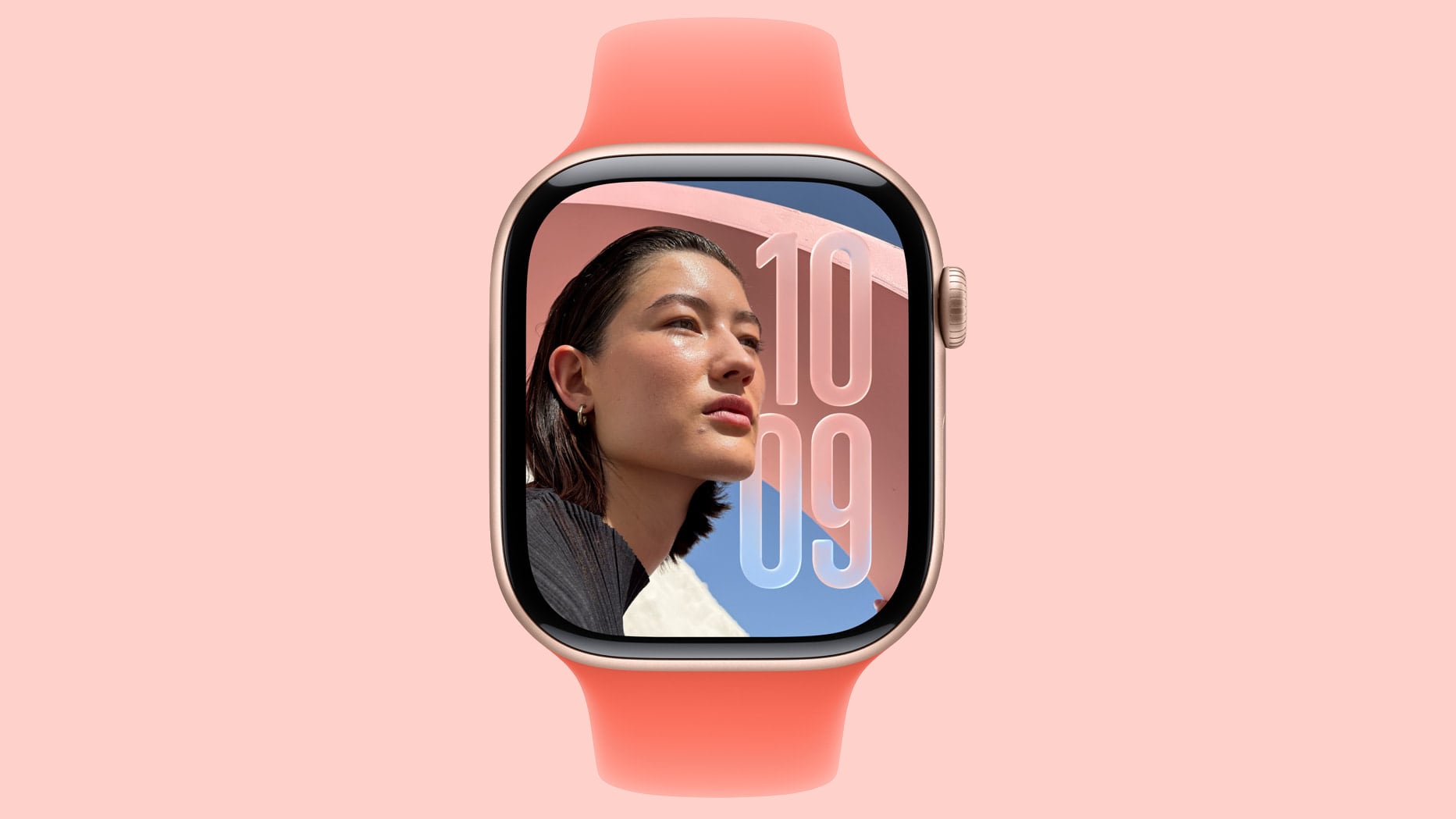
watchOS 26 brings a significant upgrade to the Apple Watch's architecture, transitioning the latest models to full arm64.

The change was revealed in Apple's "What's new in watchOS 26" video for developers. The Apple Watch Series 9, Series 10, and Apple Watch Ultra 2 are set to move from arm64_32 to the full arm64 architecture.
The arm64_32 architecture was a modified version of the standard 64-bit ARM architecture with 32-bit pointers, specifically optimized for the constrained memory environments of wearable devices. This hybrid architecture allowed Apple to implement the benefits of 64-bit instruction sets while maintaining a tighter memory footprint than full 64-bit systems.
The standard arm64 architecture provides 64-bit pointers and access to broader memory ranges, enhanced performance, and increased compatibility with general-purpose ARM computing standards. The move also opens the door for potentially more complex and computationally intensive watchOS applications, since arm64 provides access to more registers and system resources compared to the more compact arm64_32, as well as more direct alignment with development tools and runtime environments used across other Apple platforms.
watchOS 26 apps must now be built with awareness of both arm64 and arm64_32, depending on the target device. Apple clarified that older models, such as the Apple Watch SE (2nd generation) and Series 8, continue to use the arm64_32 architecture. As a result, watchOS apps need to include separate binaries to support both instruction sets. Xcode automatically manages the build process for arm64 and arm64_32 as long as developers maintain appropriate deployment targets and architectures in their project settings.
Existing apps built for arm64_32 will continue to run on newer Apple Watches running watchOS 26 via compatibility layers, but re-compilation for native arm64 is encouraged for best performance and forward compatibility. It is likely that arm64_32 support on the Apple Watch will gradually diminish over coming years as legacy hardware is retired. All of Apple's other platforms already use the full arm64 architecture.
Article Link: watchOS 26 Moves Latest Apple Watch Models to New Architecture

